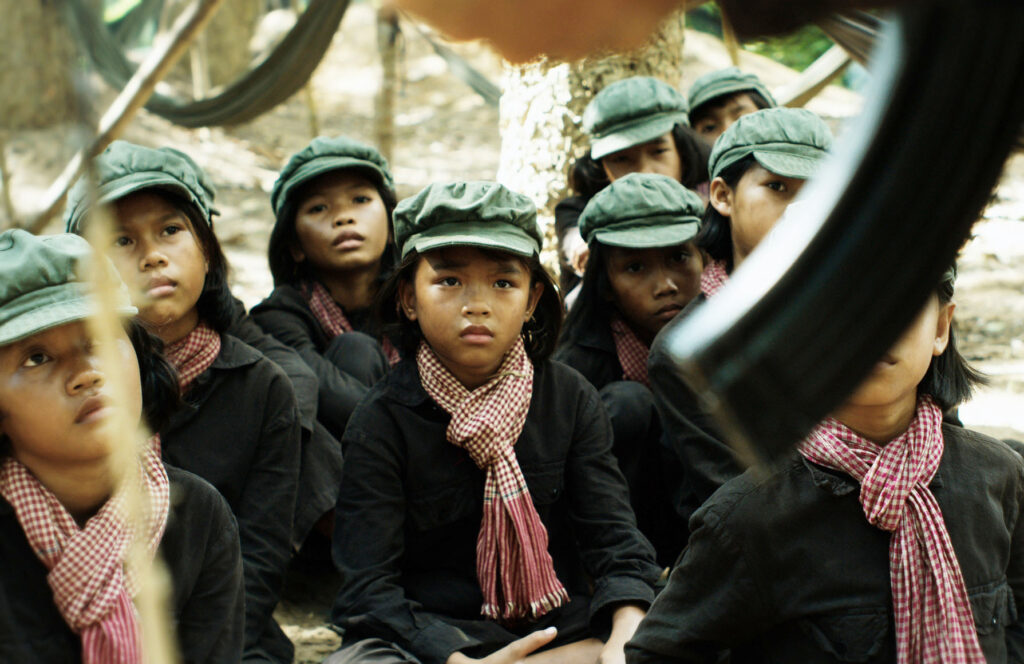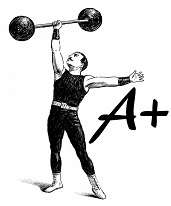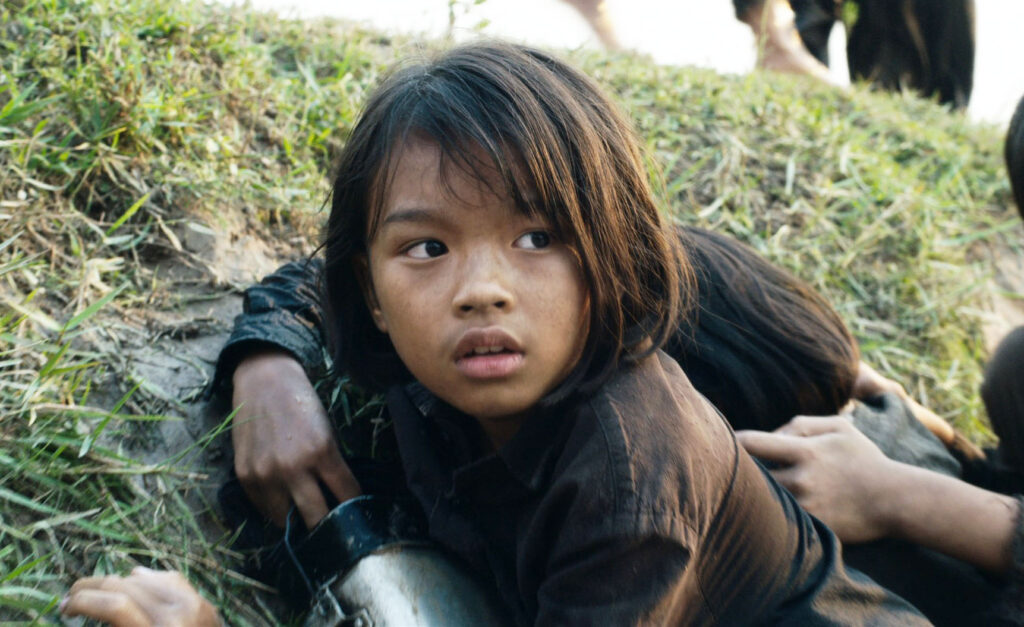People who have read war history of Eastern countries might have also read about the conflicts prevailing in Cambodia during 1975-1979. It was during 1978 to ’79 when the world also witnessed the Cambodian–Vietnamese war amid the invasion of Vietnam into the Cambodian territory during the Cold War era. A true life episode of Loung Ung during her tender years, “First They Killed my Father” recounts the heart-wrenching exploitation, radicalization, and mass genocide of millions of people in Cambodia around 1975 under Khmer Rouge—the totalitarian ruling party that governed Cambodia until 1979. The screenplay of the film has been co-written by Angelina Jolie and Loung Ung, and perhaps most of the fans would agree that Angelina’s directorial skills in this foreign language film have emerged at par with her acting performance throughout her career.
It’s very hard to explain with words how acutely descriptive, aesthetically impressive, and emotionally powerful this film is. At age five, in April 1975, when Loung (played by Sareum Srey Moch) has to abruptly leave her home along with her family and hundreds of other families amid rising oppression and control by the Khmer Rouge, her young mind cannot make sense of what is happening around her. All she believes in is what her parents and siblings tell her.
Compelled to live in several make-shift arrangements while on their way toward an unknown future, Loung and thousands of other innocent people become the victims of cruel oppression and abuse by the Khmer Rouge, which would later brainwash and radicalize them in order to prepare an army of Cambodians ready to fight the Vietnamese when the time calls. Upon reaching the labor camps controlled by the Rouge, she is forced to surrender all her belongings as “the Angkar rejects everything that was part of the imperialist and feudalist society.” With her clothes dyed, hair cut, and freedom taken away, young Loung goes through some unimaginable horrors of child abuse and forced labor. At a time when she must be playing with dolls, she is ordered to go out into the fields under the burning sun, grow crops, and become one with the Khmer in every calling.

Managing this many people on the sets, especially children, would have definitely been a challenging task for the production team. And since the demanding lead role has been played by a child actor in the most brilliant way possible, the entire film crew, along with Sareum Srey Moch, absolutely deserve special applause for their patience and hard work.
The film being a memoir, it has a strong substance of remembrance or memory at its core design. The movie does not rely on dialogues but rather visuals that give a more fluidic and self-explanatory experience to the audience. Kids living inside stuffed camps, assembling rifles, creating landmines, and being fully trained as adult soldiers—and all of this happening without much talk—turns out to be a very bold aspect of the film. At a time when millions are dying, how fate allows young Loung to escape the tentacles of slavery and unite with her siblings despite the rising tensions between the Khmer people and Vietnam, can be considered both a miracle and the prize of her own resilient nature.
Although it has been set in a war era, “First They Killed my Father” is not a war movie. It is a story of valor and love—values that transcend the barriers of age. And it’s not only Loung’s story—it’s the story of every person, across the world, living or dead, who has ever been a victim of exploitation and slavery, and had their families torn apart due to selfish agendas and the lust for power by corrupted individuals.


